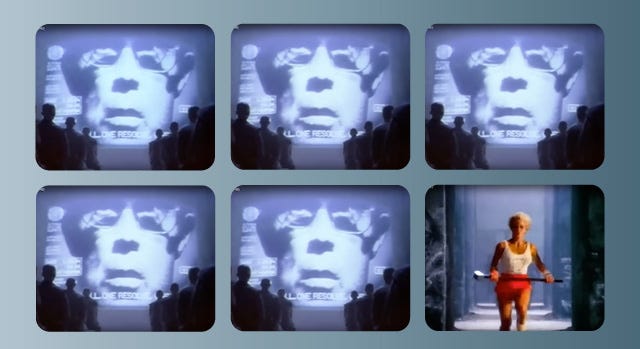Brian Balfour, writing for the Reforge blog:
Speed isn’t just about shipping faster, it’s about accelerating your entire learning metabolism. The critical metric isn’t feature velocity but rather your speed through the complete Insight → Act → Learn loop. This distinction separates products that compound advantages from those that compound technical debt.
The point being that now with AI, product teams are shipping faster. And those who aren’t might get lapped (to use an F1 phrase).
When Speed Becomes Table Stakes: 5 Improvements to Accelerate Insight to Action
In a world where traditional moats can evaporate in weeks rather than years, speed has transformed from competitive advantage to baseline requirement—yet here lies the paradox: while building and shipping have never been faster, the insights to fuel that building remain trapped in months-long archaeological expeditions through disconnected tools.


























